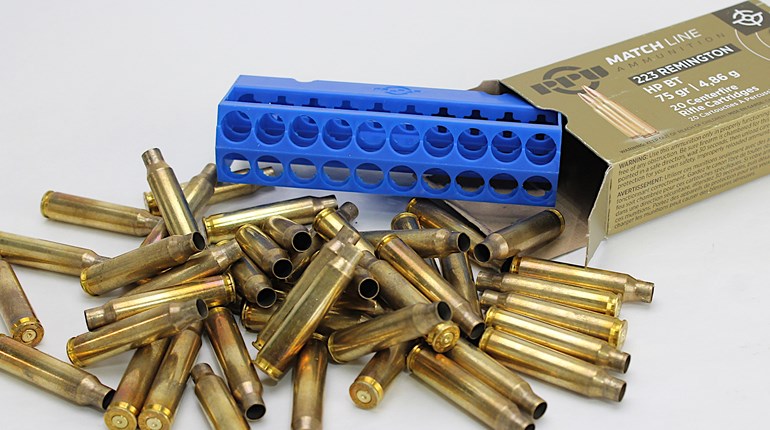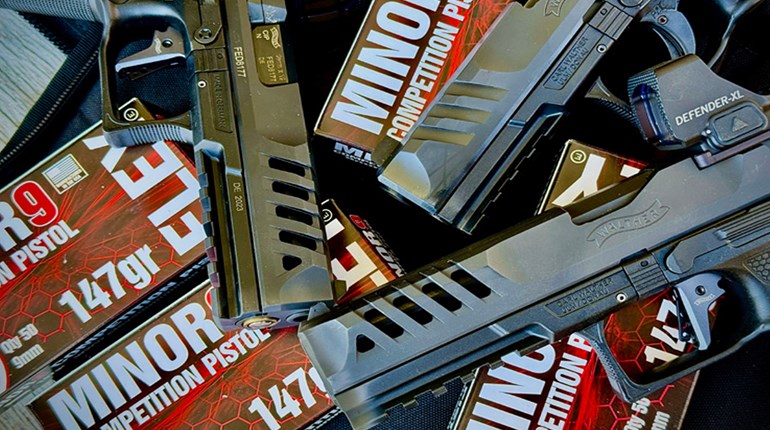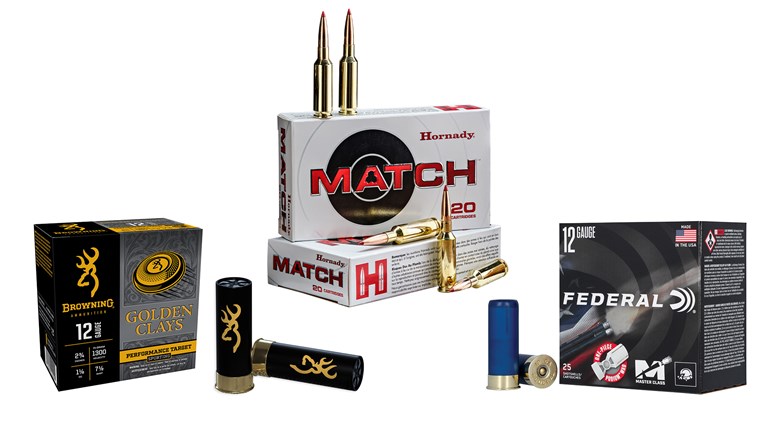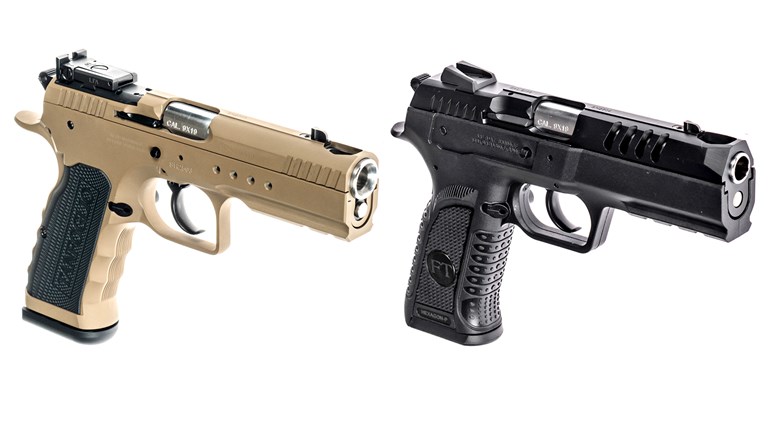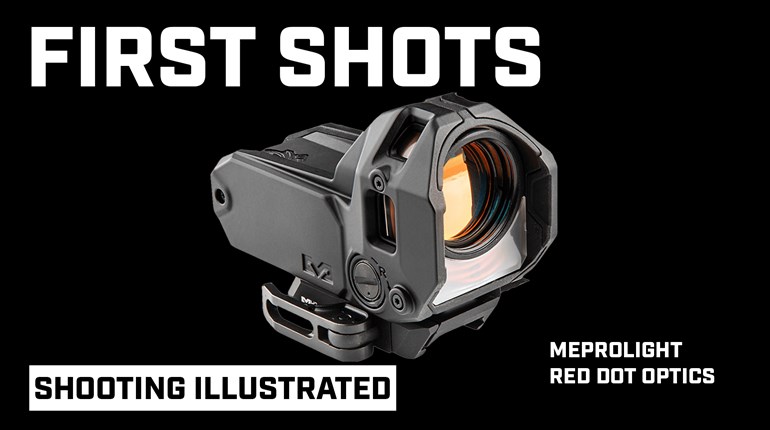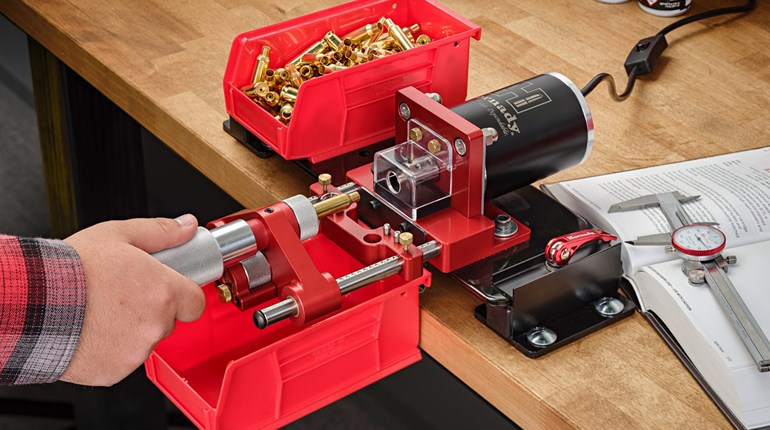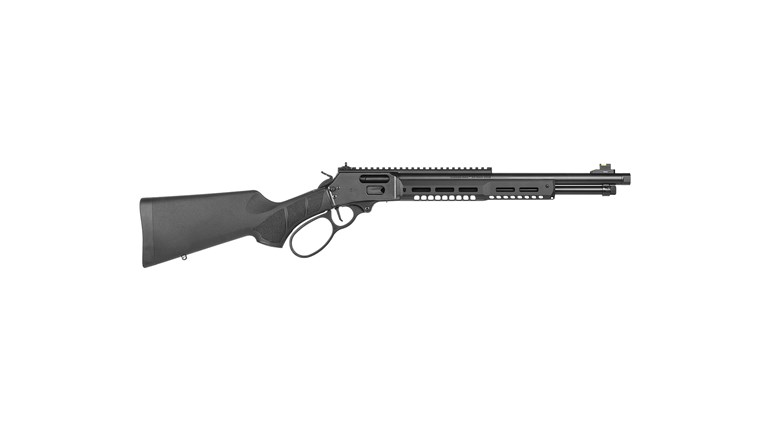
I have to begin by saying that the quality control of our major ammunition companies is the best it has ever been. Defective ammunition getting past the inspectors and to consumers is a very rare occurrence, but it does happen.
I've never kept count, but I shoot quite a bit of ammunition each year in gun tests, training sessions, practice and the various shooting classes I attend. Most serious gun writers can say the same thing. Over the years, I have found ammunition with the primer loaded upside down or, in a couple of cases, no primer at all. I have also seen a few rounds come out of brand new boxes with damage to the cartridge case. I am also aware, from reliable sources, of ammunition loaded with the bullet upside down and other instances of cartridge cases with no powder in them. Again, these occurrences have been rare. However, they can be fatal to the defensive shooter.
You should reload your defense guns with fresh ammunition on a regular basis. I like to switch to fresh ammo about every six months or so. It is critically important to visually check each new cartridge as it is loaded into your pistol or your magazines. It is also a good idea to pull the barrel on your pistol and make sure that each cartridge will drop into the chamber properly. Obviously, revolver shooters can do the same by dropping the new rounds into the cylinder chambers to make sure they aren't bulged or oversized.
Cartridges assembled without powder create an entirely different problem. When the cartridge is fired, the power of the primer will generally send the bullet into the barrel, but not out of the muzzle. Subsequent shots start stacking bullets in the barrel, causing—at the least—a damaged barrel. But it could also result in a catastrophically broken gun and an injured shooter. For this reason, it is a good idea to weigh each round of defensive ammo before loading it in the firearm. The cartridge without powder is going to be noticeably lighter than the other rounds. During practice sessions, the shooter needs to be extremely conscious of the sound of his gun going off. A noticeably softer pop is grounds for a cease fire and immediate examination of the firearm.
In the last 25 years, I have probably seen less than a dozen rounds of defective factory ammunition out of the thousands I have fired during that time. But the defensive shooter needs to be aware that defective ammo does occasionally get out to the consumer. Carefully inspecting defensive ammunition is a critical part of your defensive plan.













